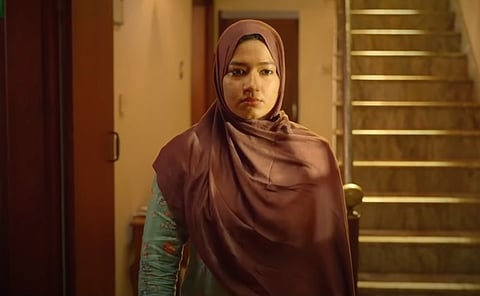The subtle art of resistance
What does a movie made in a village in Kerala and released online have to do with the 'centre' in New Delhi and the Indian Muslim subject? Halal Love Story has been released at a time when the Indian state shows no signs of slowing down its anti-Dalit, anti-Muslim and militant Hindutva agenda. Among the recent examples of this is the Uttar Pradesh Prohibition of Unlawful Conversion of Religion Ordinance 2020, commonly referred to as 'love jihad law', passed by the Uttar Pradesh government under Chief Minister Ajay Mohan Bisht (the self-proclaimed monk-turned-politician 'Yogi' Adityanath), which has banned religious conversions for the purpose of marriage. This is symptomatic of persistent attempts by the Rashtriya Swayamsevak Sangh (RSS) to curb the growing representation of Dalits and Muslims in the public sphere.
The premise of Halal Love Story, set in the heart of the Malabar region, involves a group of people from a fictitious religious organisation who are trying to make a film. The characters in this film within the film, in their struggle to make art, and consequently, in their efforts to tell their stories, are constrained by the overpowering authority issued by an abstract and fictitious sankhadana (organisation). 'Jamathul Ikhwan Al-Wathan', a concocted name that makes oblique references to the Islamic group Jamaat-e-Islami, acts like a second state by exerting power over the everyday conduct of its members. A religious state, this intends to show, may use scriptural authority as a means to establish a curious hold over its adherents. It renders the characters' artistic venture, in this context of intensified censorship, a political act.

